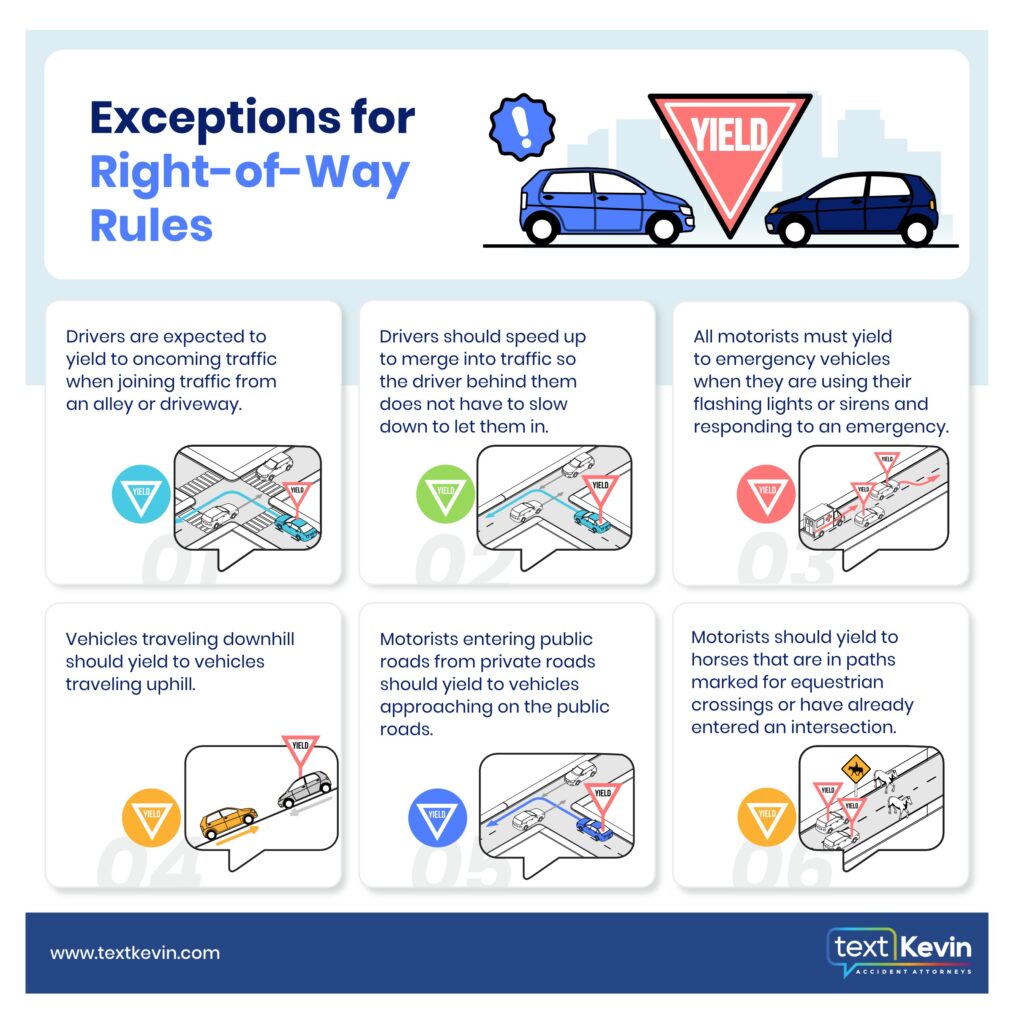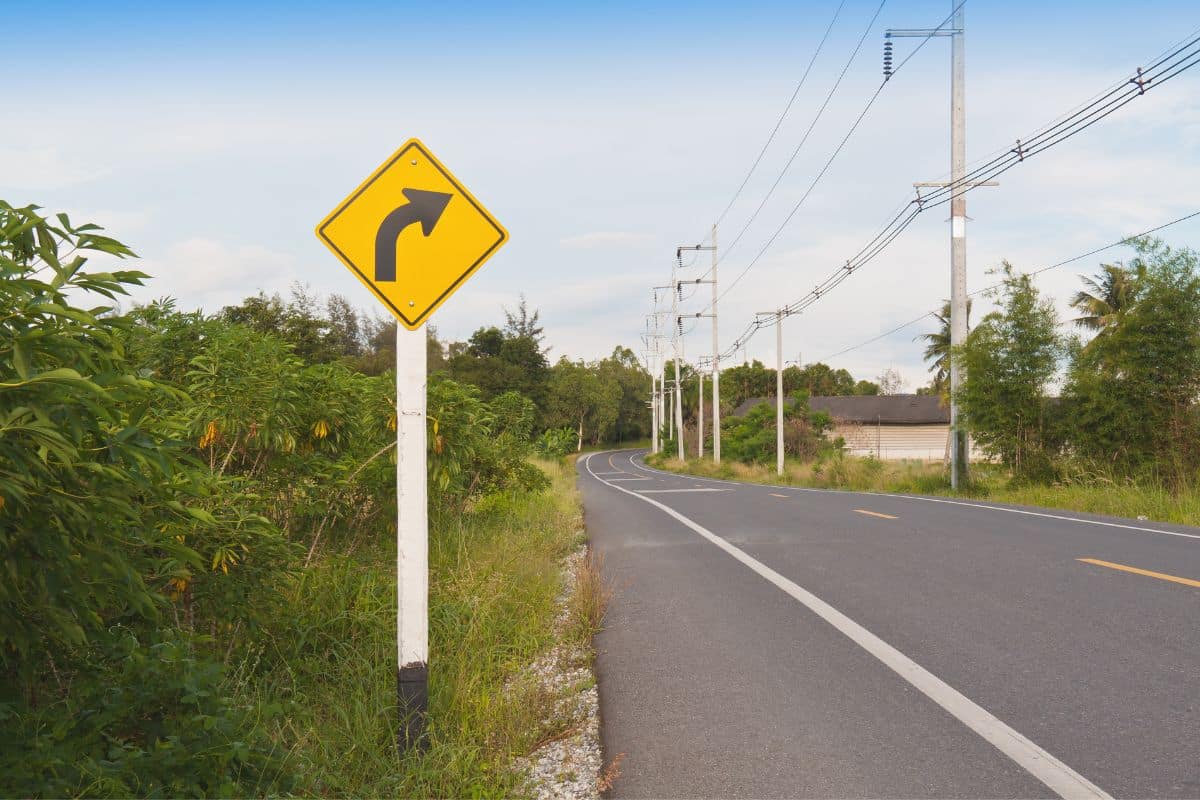A T-intersection is any intersection where two roads form a T-shaped by meeting at a right angle. In most cases, the driver who arrives at the end of the intersection must yield to drivers on the continuing road. However, if two vehicles arrive at the intersection at the same time, the car to the left must yield to the car on the right.
Unfortunately, since T-intersections have a 90° angle, visibility may be limited. This limited visibility, coupled with driver negligence, causes motor vehicle accidents more often than you might think. If you have suffered serious injuries in an accident at a T-intersection, a reputable California car accident lawyer from Crockett Law Group may be able to help you fight for the compensation you deserve. Here is more about the right-of-way rules at T-intersections and the exceptions that could have an impact on the outcome of your case.
Right-of-Way Rules at T-Intersections
At a T-intersection, the through road is the road that continues straight or the major roadway. This road has the right-of-way. When a pedestrian, vehicle, or bicyclist on the road approaches the intersection, the vehicle on the road has the right-of-way unless a yield or stop sign indicates otherwise.
The vehicle that ends at the T-intersection is known as the minor road. This is the party that will need to yield and come to a complete stop for traffic coming down the major road. If there is a stop sign on the minor road approaching the T-intersection, the driver on the minor road must stop and wait to make their turn until all vehicles have passed. Drivers who fail to follow California’s right-of-way laws, as described by the California Driver’s Handbook Section 7, can face citations, and criminal charges, and be held liable for victims’ damages in civil court.
Exceptions for Right-of-Way Rules
Although you are required to yield to the right-of-way when approaching a T-intersection, there are some exceptions to California’s right-of-way rules. Some of the most notable exceptions include:
- Drivers are expected to yield to oncoming traffic when joining traffic from an alley or driveway.
- Drivers should speed up to merge into traffic so the driver behind them does not have to slow down to let them in.
- All motorists must yield to emergency vehicles when they are using their flashing lights or sirens and responding to an emergency.
- Vehicles traveling downhill should yield to vehicles traveling uphill.
- Motorists entering public roads from private roads should yield to vehicles approaching on the public roads.
- Motorists should yield to horses that are in paths marked for equestrian crossings or have already entered an intersection.
These right-of-way laws could make all the difference between a minor injury and a fatal injury. It is important to drive as safely as possible and follow all local and state traffic regulations to ensure traffic continues moving along as safely and smoothly as possible. This can help reduce instances of distracted or aggressive driving and catastrophic injuries.

Meet With a Leading California Car Accident Attorney for Help Today
T-intersections may be some of the more dangerous types of intersections you can come across on the roadways. For this reason, it is essential that you drive as safely as possible, be aware of your surroundings, and yield to the right-of-way whenever necessary. By practicing defensive driving and focusing on safety first, you may be able to reduce the number of collisions or potentially the severity of the injuries you sustain if you are hit by a negligent driver.
Discuss your potential opportunities for legal recourse further when you contact a respected California personal injury lawyer from Crockett Law Group. Get started on your case as soon as today when you fill out our secured contact form or call our office to schedule your 100% free consultation.










